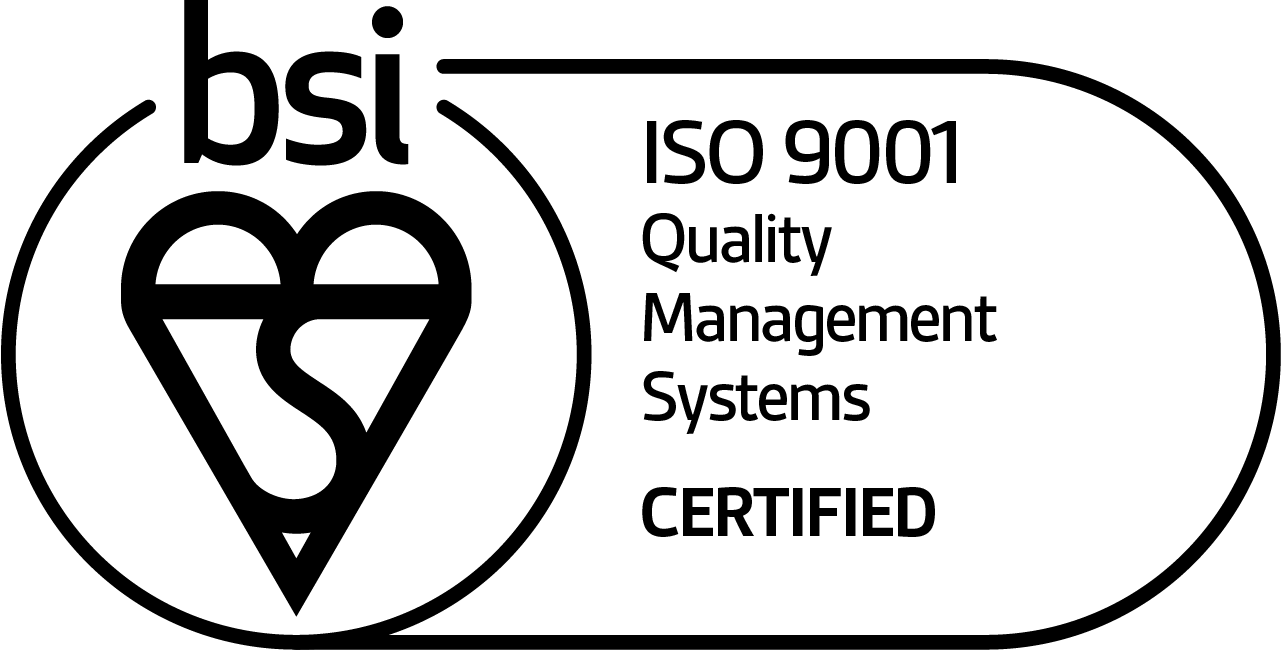| Guide to Safety Goggle Markings17 October 2018 | Alex The markings on your safety goggles are important as they signify the hazards your goggles are suitable for, the environments that they can be used in, and the impact speed that they can withstand. On most of the eyewear that we sell here at Workwear.co.uk, separate markings can be found on their lenses and on their frames.
The markings take the form of a number of different letters and numbers, and if you haven't come across them before then there's no real way of deciphering what they mean. If this is you don't worry, as this is where this article comes in. Separated into two separate parts (frame standards and lens standards), this Guide to Safety Goggle Markings explains each code, letter and number in detail, meaning that you can see clearly when it comes to safety goggle standards and regulations. Guide to Safety Goggle MarkingsTo make things a little easier, it's a good idea to have an example product as a point of reference. For this, we'll go for the Portwest PS04CLR Defender UV-Resistant Clear Safety Glasses, which are ideal as they have excellent all-round protection to many different hazards. The Portwest Defender Glasses come with markings that read:
Similarities and DiscrepanciesBefore we continue it's important to clarify three things. Firstly, the most basic standard which almost all eyewear conforms to is EN 166, all eyewear will include "CE" which means that they are certified under European Law and the markings may or may not include all of the ratings as presented in this article, for example some include a manufacturers code too. Frame StandardsFrame standards will typically include three standards and the name of manufacturer (as already mentioned). The three standards are the European Standard (EN 166), Strength Rating and Style of Protection. Let's take a look at the Portwest Clear frame markings:
The European Standard is EN 166, the F and T refer to the strength rating, and the style of protection isn't included. You can understand the meaning of the numbers and letters by matching them to the following: Strength Rating BreakdownThere are four possible frame strength ratings that will protect you from the following:
Style and Protection BreakdownThere are four possible Style and Protection ratings, providing:
Example: As you can see, our example achieves an F, T on the strength rating breakdown, meaning that they can withstand impacts travelling up to 45 metres per second, and are suitable for use in extreme temperatures. They don't feature a following number meaning that they aren't suitable for use with chemicals, dust, or with electricity. Lens StandardsLens markings will usually include four standards and the name of the manufacturer. These are Radiation Protection, Light Transmission, Optical Quality and Lens Properties. Here's a reminder of our Portwest Clear Glasses lens markings:
Radiation protection is the 2C, the light transmission is the 1.2, the optical quality is the 1 and the lens properties are the F, T, K and N. For future reference, these scores will be either of the following: Radiation ProtectionThere are 5 possible Radiation Protection ratings, providing:
Light Transmission BreakdownThere are four possible levels of Light Transmission ratings, allowing the following amount of light to pass through the lens:
To put these numbers into context, goggles with low levels of light transmission should be used in very bright environments, and high levels of light transmission are suitable for areas with comfortable lighting. Optical Quality BreakdownThere are three levels of Optical Quality, each referring to a different optical class:
Lens Property BreakdownThere are seven possible Lens Property ratings, providing:
Example: From our example you can see that the Portwest Defender Glasses are suitable for use in UV light with a clear light filter, allow between 74.4% and 100% of light to filter through the glasses and can provide a high quality performance for regular use. They can also withstand protection against objects travelling 45 metres per second, and can withstand heat while preventing fogging and scratches. Need More Clarity?It is confusing getting your head around all of these markings, so make sure you take your time before jumping right in and buying some safety glasses. If you have any questions or comments please let us know in the comments section below where one of customer service team will be delighted to help. |







